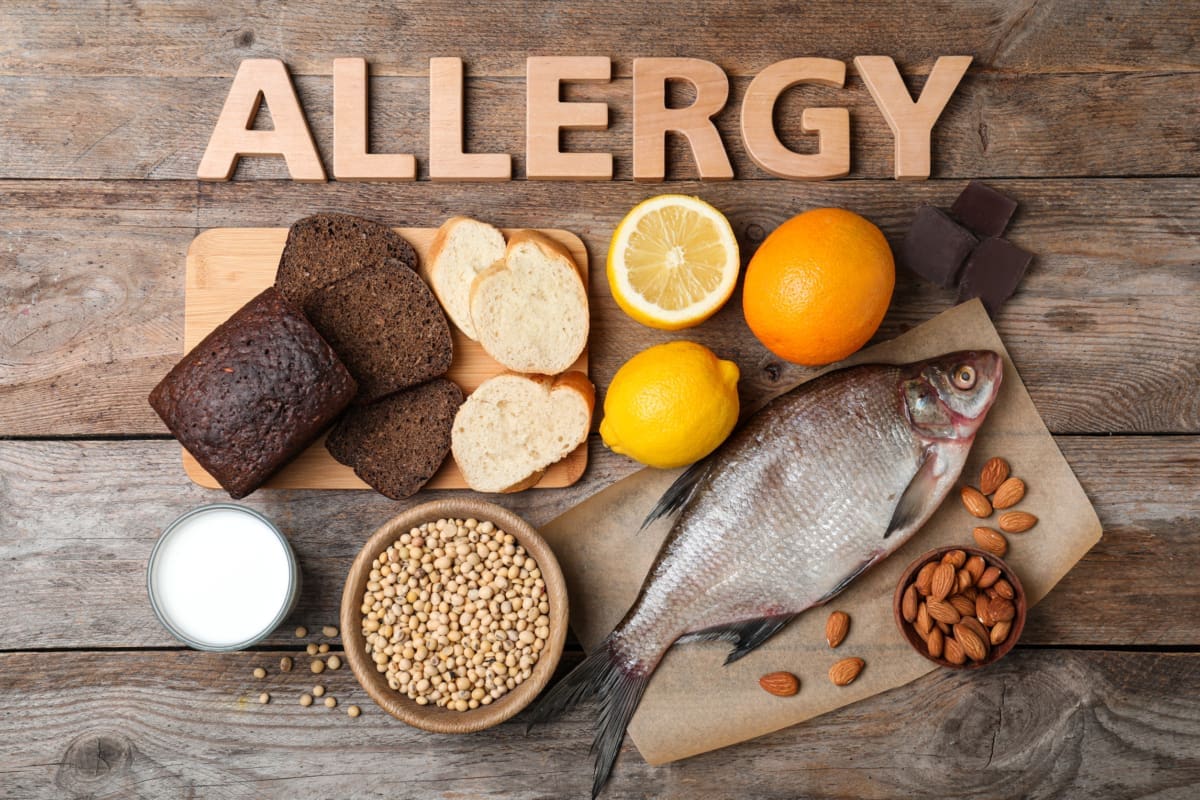Recently we have parents asking how to tell if their child is experiencing food allergies. This article offers information on some of the more common food allergens, allergic symptoms, and what we can do to help our kids.
-From childrens.com-
What is a food allergy vs. a food intolerance?
Children with a food allergy have an immune system which reacts to certain proteins found in food. In most instances, a food allergy comes on suddenly and can be triggered by even just a small amount of food. A food intolerance does not involve the immune system, therefore, symptoms are generally less severe than a food allergy. Digestive problems are common complaints associated with a food intolerance. Lactose intolerance is a common example of a food intolerance.
What are the most common food allergens?
These eight most common food allergies account for 90% of food-induced allergic reactions:
- Milk
- Eggs
- Peanuts
- Tree nuts
- Wheat
- Soy
- Fish
- Shellfish
What are the symptoms of an allergic reaction?
Symptoms of food allergy include hives, vomiting, diarrhea, cough/difficulty breathing and swelling occurring within minutes to typically no more than two hours after ingestion of the allergenic food and occur reproducibly with repeat ingestion.
How are food allergies diagnosed?
Your child’s physician may diagnose a food allergy based on your son or daughter’s medical history and/or blood tests. The doctor may also refer your child to an allergist for skin testing. Likewise, an allergist will take a thorough look at medical history and will consider whether to conduct a blood test and/or perform a skin prick test, which identifies any food-specific antibodies in your child’s body. Depending on the history and results of testing, if indicated, your allergist may want to perform an observed food challenge.
Are food allergies lifelong?
Most food allergies are outgrown. However, whether a food allergy can be outgrown depends on the type of food. Peanut, tree nut, fish and shellfish allergies tend to be lifelong.
How can food allergies be managed at home, a restaurant or school?
Most importantly, strict avoidance of the food allergen is necessary. At home, be sure to read ingredient labelsand carefully prepare your child’s food to avoid potential cross-contact with allergenic foods. When eating out, communicate your child’s food allergies to the restaurant staff. Pack school lunches for your child, so he/she doesn’t have to worry about ingesting danger foods. Talk with school staff members to ensure they are aware of your child’s food allergy and its severity; how to help your child avoid certain foods; what to do if there is an allergic reaction; and, in case of an anaphylactic reaction, how to administer auto-injectable epinephrine to prevent the reaction from progressing.
Can food allergies be prevented?
The most advanced research studies are aimed at desensitizing the individual to the food allergen via increased exposure to the allergen orally (oral immunotherapy), under the tongue (sublingual immunotherapy), or through the skin (epicutaneous immunotherapy). All methods are currently being investigated in clinical trials. Additionally, research shows that early introduction of allergens like peanut may prevent peanut allergy.
Where can you get good information on food allergies?
The Food Allergy Center at Children’s Health & UT Southwestern located in Dallas and Plano, Texas, treat children and conduct research with pediatric food allergies.


